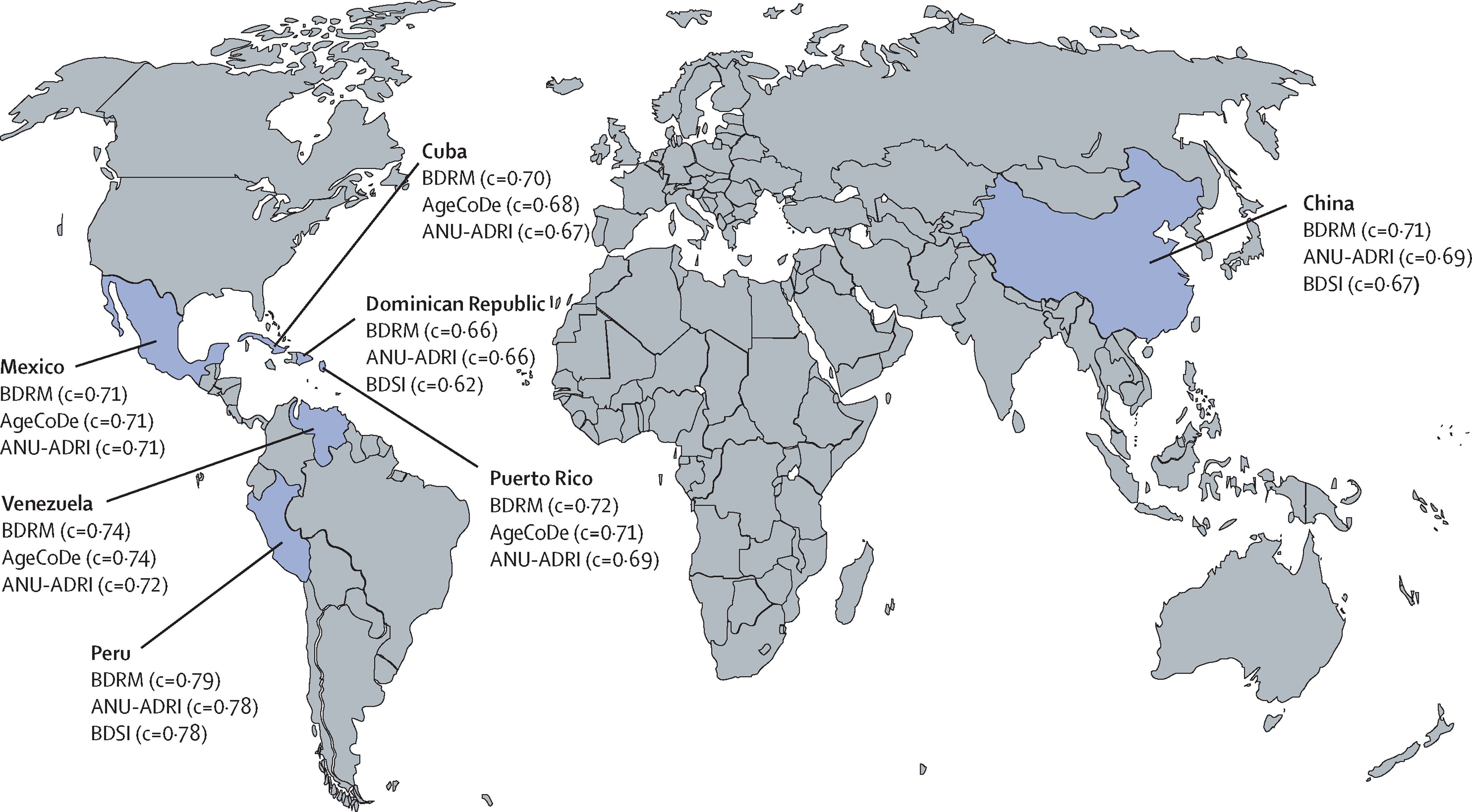This book chapter addresses SDG 11 and 13 by explaining how Copenhagen organizes and develops green transportation for the city and lessons learned for other major cities to consider.
The SDG Impact of COVID-19 podcast series gathers expert opinion exploring the impact of COVID-19 on the Sustainable Development Goals. In this segment, we get the view of Amanda Ellis, Executive Director of Global Partnerships for the ASU Global Futures Laboratory.
This chapter focuses on the role of religiousness in meaning making following stressful life events which can help with global health and well-being.
This chapter first provides an overview of theories and research linking the psychology of religion to positive psychology, which can lead to better health and well-being for individuals.
As climate impacts farming, so does farming impact climate change. Identifying best-practices that optimise food security while protecting the environment is a key to sustainable food security. This chapter contributes to SDGs 2, 3 and 12.
Sustainability assessment of chemical product and process design is essential to reducing waste and improving industrial sustainability. This book chapter advances SDGs 9 and 12.
This book chapter advances SDG 3 and 10 by reviewing specific applications of CPT in diverse populations and across cultures. This chapter provides a clinicians with guidance in applying this approach to the patients they may see in their own settings in order that they can all apply CPT in the most culturally sensitive way.
This book chapter addresses SDGs 12 and 13 by explaining how agricultural machinery has lead to negative environmental impacts and that there are sustainable production methods to create a whole-farm management approach.
An article in support of SDG 3, assessing whether and to what extent existing dementia prevention models developed in high-income countries can be extrapolated to low-income and middle-income countries, where dementia risk prediction research is almost non-existent.
This book chapter addresses goals 14, 13 and 6 by looking at the ecology and species conservation of freshwater habitats.


